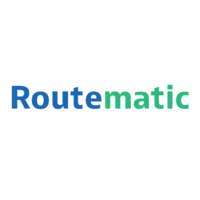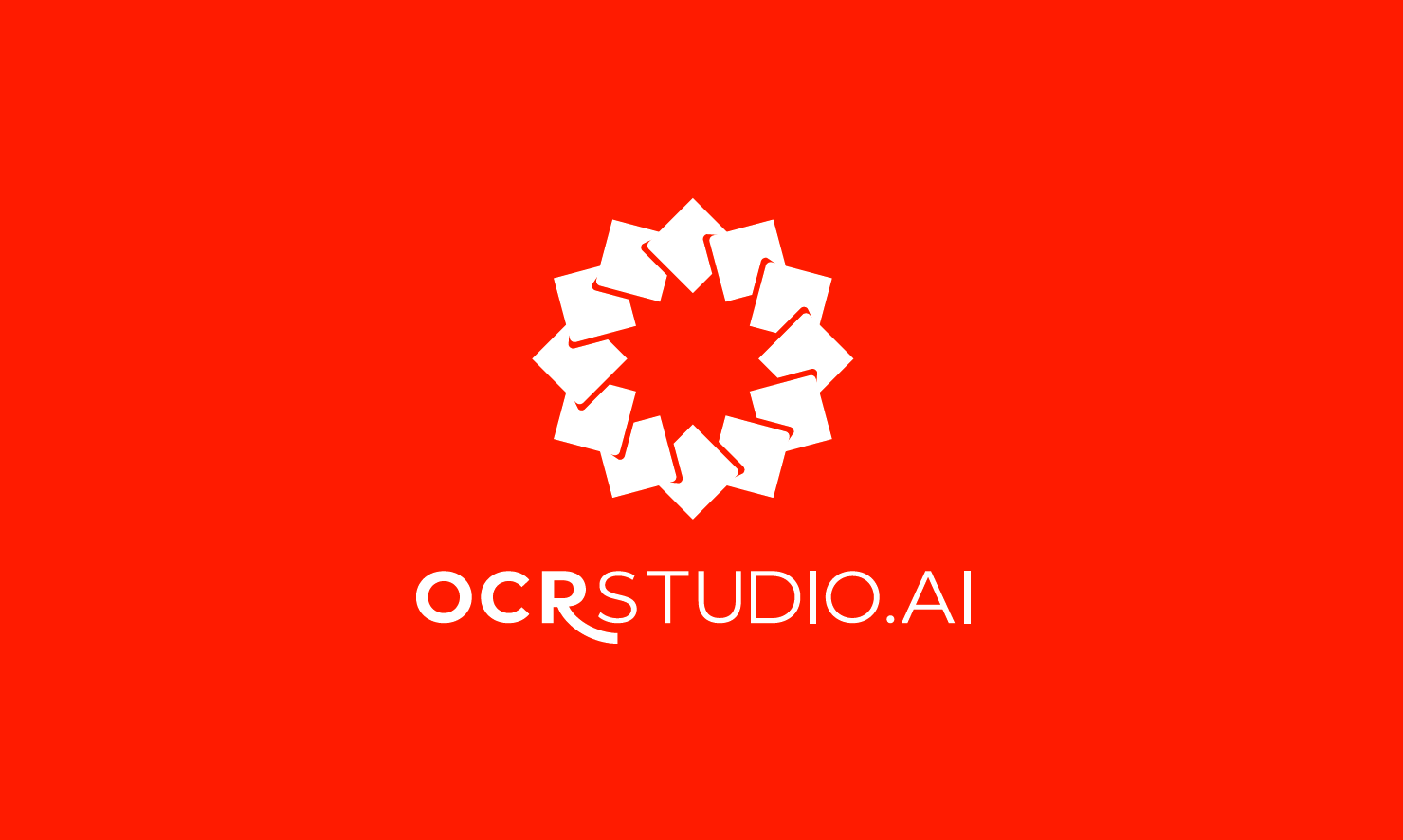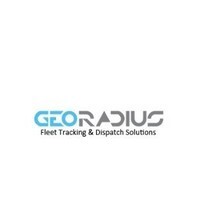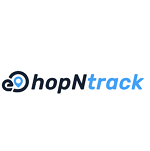What Is Employee Transport Management System?
A software program called the Employee Transport Management System (ETMS) was created to simplify and oversee a company's employees' transportation requirements. Employers can effectively plan and oversee employee transportation services, including shuttle buses or company-owned cars, using this one-stop platform. An ETMS is essentially a software program that automates the entire employee transportation process by replacing paperwork and manual procedures.
This covers every aspect, from collecting fare payments and tracking vehicles to scheduling and route planning. Enhancing employee safety and security is one of an ETMS's main advantages. Employers may ensure timely arrivals and departures and give employees and the business a sense of security by employing GPS monitoring to follow the whereabouts of their employees' transportation in real-time.
An ETMS also aids in the optimization and cost reduction of personnel transportation. It can recommend more economical routes by examining passenger volumes and route data, which lowers maintenance and fuel expenses. Additionally, it can simplify payment procedures, doing away with the necessity for manual cash transactions and lowering the possibility of fraud and mistakes.
Additionally, a variety of capabilities provided by an ETMS can enhance the general employee experience. These include sophisticated reservation systems, real-time alerts and updates, and the option for staff members to share their experiences with transportation.
A user-friendly, adaptable solution that satisfies your unique requirements is crucial when contemplating an ETMS for your business. Along with providing dependable customer service, you should make sure the system is adaptable to meet the expansion of your company.
What Are The Recent Trends In Employee Transport Management System?
Employers of all sizes have used employee travel management systems at a significantly higher rate in recent years. This increase can be ascribed to a number of industry factors, which make these systems not only a practical choice but also an essential instrument for efficiently managing staff transportation. The current developments in employee travel management systems and their effects on companies will be covered in this section.
1. Advanced Route Optimization: Employee transport management systems now include advanced route optimization features thanks to technological advancements. These systems consider variables like traffic, weather, and road conditions while generating the most effective routes using real-time data and algorithms. This lowers the company's carbon footprint in addition to saving time and gasoline.
2. Integration With IoT: Employee transport management systems are not an exception to the way the Internet of Things (IoT) has transformed our interactions with technology. These days, a lot of systems have Internet of Things sensors that track several car parameters like speed, mileage, and fuel levels. Route optimization, fuel usage monitoring, and employee safety during commuting can all be done with this data.
3. Mobile Applications: Employee transport management systems are taking use of the fact that mobile applications have become a necessary component of our lives in order to improve the usability and accessibility of their services. Employees can modify their routes, track their journeys, and get real-time transportation updates with these apps. They also give businesses a simple way to interact with their staff and get their opinions.
4. Contactless Payments: The global adoption of contactless payments has been boosted by the current COVID-19 pandemic. Prepaid cards and mobile wallets are only two of the safe and practical payment methods that employee travel management systems now provide, doing away with the necessity for actual currency transactions. This not only encourages safety but also streamlines the payment procedure for businesses and employees.
5. Data Analytics: Businesses are already using the massive amounts of data that employee travel management systems gather to make better decisions. Businesses can use data analytics to examine employee travel trends, pinpoint areas for development, and make informed decisions to further optimize their mobility management system.
Benefits Of Using Employee Transport Management System
A vital tool for companies of all kinds, particularly those with a sizable workforce that needs transportation to and from work, is the Employee Transport Management System (ETMS). With its many advantages, this digital platform makes managing employee mobility easier and more automated, making it a crucial investment for any business.
1. Better Worker Experience: ETMS saves workers the trouble and anxiety of planning their own travel or depending on public transit. Employees have a better overall experience as a result, which may boost retention rates and work satisfaction.
2. Improved Safety And Security: By enabling real-time tracking of cars and drivers, ETMS helps to guarantee workers' safety and security while they commute. It offers a sense of security with features like emergency alerts and panic buttons, particularly for late-night hours.
3. Cost-Effective: Handling staff transportation can be expensive and time-consuming. By automating the entire procedure, ETMS lowers the possibility of human error and eliminates the need for manual work. Over time, this results in substantial cost reductions for companies.
4. Increased Productivity: ETMS makes sure that workers arrive at their location on time by streamlining routes and cutting down on travel time. Employee productivity rises as a result of avoiding traffic jams and other disruptions brought on by inefficient routes.
5. Openness And Accountability: ETMS provides openness and accountability for all transportation-related activities by monitoring staff attendance and vehicle utilization. Businesses can use this to find and fix any problems that might occur during the transportation process.
6. Analytics And Reporting: ETMS provides comprehensive analytics and reporting that shed light on the expenses and travel habits of employees. Businesses can use this information to support data-driven decisions that will further enhance their transportation operations.
7. Scalable And Customizable: ETMS may be tailored to each company's unique requirements, including those related to pick-up and drop-off locations, routes, and vehicle counts. Additionally, it is scalable, which allows it to change to meet the evolving demands of an expanding company.
Important Factors To Consider While Purchasing Employee Transport Management System?
To make the greatest choice for your company, there are a number of crucial elements to take into account when investing in an employee travel management system. The following are important things to think about when weighing your options:
1. Scalability And Customization: When it comes to handling employee transportation, every firm has different needs. It's critical to determine whether the system can be customized to meet your unique requirements and scale with your company before making a purchase.
2. User-Friendly Interface: The system's user interface should be simple to use and intuitive. This is particularly crucial if there are non-technical employees on your transport management team. A complex user interface can reduce adoption rates and reduce the system's overall effectiveness.
3. Integration Capabilities: Your current payroll and HR systems should be able to easily interact with your transport management system. This will reduce the amount of human data entering and help automate procedures.
4. Real-Time Reporting And Tracking: The system ought to provide real-time schedule, route, and vehicle tracking. This will enable you to see bottlenecks, track and improve transport operations, and make data-driven choices.
5. Safety And Security Features: Your transport management system should offer safety features like GPS monitoring, SOS alerts, and panic buttons because employee safety is of the highest importance. Strong security features are also necessary to protect employee data.
6. Cost-Effectiveness: Although cost is a significant concern, it shouldn't be the exclusive one. Examine the system's ROI and long-term advantages in addition to its initial cost. Long-term cost savings from a feature-rich system can be achieved with a little greater initial investment.
7. Mobile Accessibility: A mobile app or responsive web interface is a must for the transport management system in today's mobile-first environment. Your staff will be able to view real-time changes and information regarding their transportation plans thanks to this.
8. Customer Service: In the event that there are any technical problems or difficulties with the system, a trustworthy customer service team is essential. Verify that the seller provides prompt and effective customer service.
9. Reputation And Track Record: Research a vendor's reputation and track record in the market before choosing them. Examine reviews, get references, and gauge the vendor's level of industry experience. You may choose the best employee travel management system for your company by carefully weighing these considerations. Be sure to consider a number of possibilities before selecting the one that best suits your needs and price range.
What Are The Key Features To Look For In Employee Transport Management System?
The essential characteristics that will satisfy the unique requirements and needs of your company should be taken into account while looking for an Employee Transport Management System (ETMS). Employee transportation is made easier with a well-designed ETMS, which also lowers expenses and boosts productivity. With so many possibilities on the market, the following are the most important characteristics to consider when choosing a product:
1. Route Optimization: The ability to optimize transportation routes based on variables like traffic, distance, and staff count is an essential component of any ETMS. In addition to saving gasoline and time, this guarantees that workers arrive and depart on time.
2. Real-Time Tracking: For efficient management and oversight, real-time tracking of personnel and vehicles is crucial. Businesses can use this function to track personnel movements and vehicle locations, as well as identify any possible delays or problems in real time.
3. Automated Scheduling: Manual scheduling methods can be laborious and prone to mistakes. Businesses may effectively plan and schedule staff transportation by using ETMS with an automatic scheduling tool, which takes into account variables including shift timings, locations, and vehicle availability.
4. Employee Self-Service: One advantageous aspect of an ETMS is an easy-to-use employee self-service portal. This lessens the workload for the transport management team by enabling staff members to monitor their transportation schedule, make adjustments or cancellations, and offer comments.
5. Management Of Vehicles And Drivers: An effective ETMS needs to be able to manage drivers and vehicles. This include monitoring driver schedules, vehicle maintenance schedules, and vehicle safety and compliance.
6. Cost Management: Businesses can monitor staff mobility expenditures like fuel, car maintenance, and tolls by using ETMS with cost management tools. This makes it possible for companies to pinpoint areas where they may save costs and maximize their transportation budget.
7. Integration With HR systems: Employee onboarding and offboarding is made easier by an ETMS that can interface with HR systems. This guarantees proper record-keeping and billing for the business while offering a smooth experience for employees.
8. Customizable Reporting: An effective ETMS should have capabilities that enable firms to track and evaluate a variety of data, including trip delays, vehicle usage, and cost per trip. To enhance the transportation process, this data can offer insightful information and support data-driven decision-making. To make sure the system satisfies your business needs and offers your employees a smooth and effective transportation experience, keep these important characteristics in mind when you choose an employee transport management system.
Why Do Businesses Need Employee Transport Management System?
An essential tool for companies to effectively manage employee transportation is the Employee Transport Management System (ETMS). It assists businesses in streamlining and optimizing their transportation operation, which lowers costs and boosts employee satisfaction and productivity. Businesses must invest in an ETMS for a number of reasons:
1. Makes Scheduling And Routing Easier: Organizing staff transportation can be difficult, particularly for larger companies with several sites. Businesses may quickly organize and arrange routes with an ETMS, guaranteeing their employees' punctual and effective transportation.
2. Lowers Costs: If a company uses manual techniques, such employing outside transport services, employee transportation can soon become a major expense. By streamlining routes and offering real-time tracking, an ETMS reduces needless expenditures, saving the business money.
3. Increases Productivity: Since tardiness and absenteeism can result from lengthy commutes and delays, employee transportation can also affect productivity. Businesses may lower the risk of lost productivity by ensuring that their employees are transported on time with an ETMS.
4. Improves Safety And Security: Businesses place a high premium on the safety and security of their workers while they are being transported. Real-time vehicle tracking is made possible by an ETMS, which also lowers the possibility of accidents and other safety issues while protecting worker welfare.
5. Facilitates Compliance Management: Strict compliance rules must be adhered to by many firms, particularly with regard to employee transportation. An ETMS helps organizations meet regulatory standards by offering features including vehicle inspection, reporting, and driver tracking.
6. Enhances Employee Satisfaction: One benefit that can have a big impact on job satisfaction is offering dependable and effective transportation. Businesses may guarantee smooth transportation for their staff members with an ETMS, which will improve employee morale and foster a pleasant workplace culture.
How Much Time Is Required To Implement Employee Transport Management System?
A number of variables, including the organization's size, its current systems, and its customization requirements, affect how long it takes to deploy an Employee Transport Management System (ETMS). However, a full implementation can take anywhere from three to six months on average. A comprehensive evaluation of the organization's transport requirements and procedures must be carried out prior to beginning the implementation phase.
This will assist in comprehending the project's scope and locating any possible obstacles. The company must then choose an ETMS provider that satisfies its needs and offers first-rate customer service. The process of implementation can start as soon as the vendor is chosen. Data migration is the initial stage, during which all personnel and transportation-related data is moved from the old systems to the ETMS.
Depending on the volume and complexity of the data, this could take several weeks. Following data migration, the main system is configured, which entails setting up the program to meet the unique requirements of the company. This include creating personnel profiles, schedules, and routes. This process may take two to three weeks. Training is the next important stage.
The administrators and staff of the company must receive training on the proper use of the system. To make sure everyone is at ease with the system, it is crucial to hold frequent refresher training sessions, which may take several weeks. At last, the system becomes operational, allowing the company to begin using it for regular transportation tasks. It might take a few more weeks before the system functions properly, though, as certain alterations and changes might still be required.
What Is The Level Of Customization Available In Employee Transport Management System?
Depending on the particular software or service provider, an Employee Transport Management System's (ETMS) degree of customisation may differ. The majority of ETMS solutions, in general, provide a great degree of customisation to meet the particular demands and specifications of various enterprises. Configuring an ETMS to mirror the organization's transport policies, processes, and workflows is a crucial component of customization.
This can involve assigning cars according to employee locations and routes, creating schedules, and setting up certain pick-up and drop-off sites. Regarding functionality, the majority of ETMS systems enable customization of features including real-time tracking, driver management, and route optimization. This implies that companies can customize the system to fit their own needs and maximize its effectiveness.
Additionally, certain ETMS providers give analytics, reporting, and user interface customization choices. This enables businesses to produce dashboards and reports that are specifically tailored to their unique transport operations, offering pertinent and useful insights. An ETMS's integration capabilities are a crucial component of customization.
To guarantee a smooth and efficient transport management process, the system should be able to interface with other current software and systems, such as payroll or HR systems. It's important to remember that the buyer's chosen package and price also affect the degree of personalization. While some providers might have a set package that offers specific features and personalization, others might offer more sophisticated customization choices at an extra expense.
All things considered, companies searching for an ETMS should carefully weigh the degree of customisation offered and select the option that best suits their particular requirements and financial constraints. In addition to increasing the effectiveness of transport management, a highly configurable ETMS can also enhance the administrator and employee user experience.
Which Industries Can Benefit The Most From Employee Transport Management System?
An all-inclusive solution for meeting employees' transportation demands within a company is the Employee Transport Management System (ETMS). It is an easy-to-use, economical, and efficient application that simplifies every step of employee transportation management, from scheduling to monitoring and reporting. However, which sectors stand to gain the most from the deployment of an ETMS? Let's investigate.
Manufacturing Sector: The manufacturing sector is one of the main industries that stands to gain from an ETMS. Employee transportation demands are complicated and vital when there is a large workforce and frequent shifts. with order to minimize delays and increase production, an ETMS can assist with route optimization, vehicle assignment, and timely personnel pick-ups and drop-offs.
IT and Corporate Services: Workers in these sectors frequently have to travel great distances to and from work in the fast-paced world of today. For these professions, an ETMS may take the strain out of transportation management. It can help with scheduling according to staff shifts, give a safe and comfortable form of transportation, and provide real-time tracking and updates on the position of vehicles.
Healthcare Sector: Transportation plays a vital role in the healthcare sector's crucial and demanding set of services. For healthcare workers, including physicians, nurses, and other personnel, an ETMS can assist in delivering prompt and effective transportation services. It guarantees that healthcare services are neither interrupted or delayed with features like real-time tracking and route optimization.
Education Sector: Many instructors, staff, and students at schools, colleges, and universities frequently need transportation services. For educational institutions, an ETMS helps streamline the tracking and management of transportation. In order to ensure everyone's safety and convenience, it also permits modification, such as designating distinct routes for various grades or courses.
Logistics and Transportation Sector: It should come as no surprise that an ETMS has a lot to offer the logistics and transportation sector. A well-designed ETMS may guarantee effective resource use, save fuel expenses, and boost overall productivity when managing a fleet of large vehicles on multiple routes.
Conclusion
To sum up, your company can gain a lot by investing in an Employee Transport Management System. You can increase productivity, save time and money, and improve the general work experience for employees by centralizing and automating transportation activities. Features like real-time tracking, employee self-service choices, and route planning and optimization should all be taken into account while searching for an ETMS.
Additionally, be sure the system you select is adaptable and flexible to the particular requirements of your company. Partnering with a trustworthy and knowledgeable supplier that provides seamless integration and continuing assistance is also essential. Before choosing, make sure you do a lot of research and weigh your possibilities. Over time, putting in place an ETMS can lead to cost savings as well as improvements in worker satisfaction and productivity.
All things considered, this system can support the overall performance of your company by streamlining its transportation processes. An ETMS can be a wise investment for your company if it is chosen and implemented properly.
















